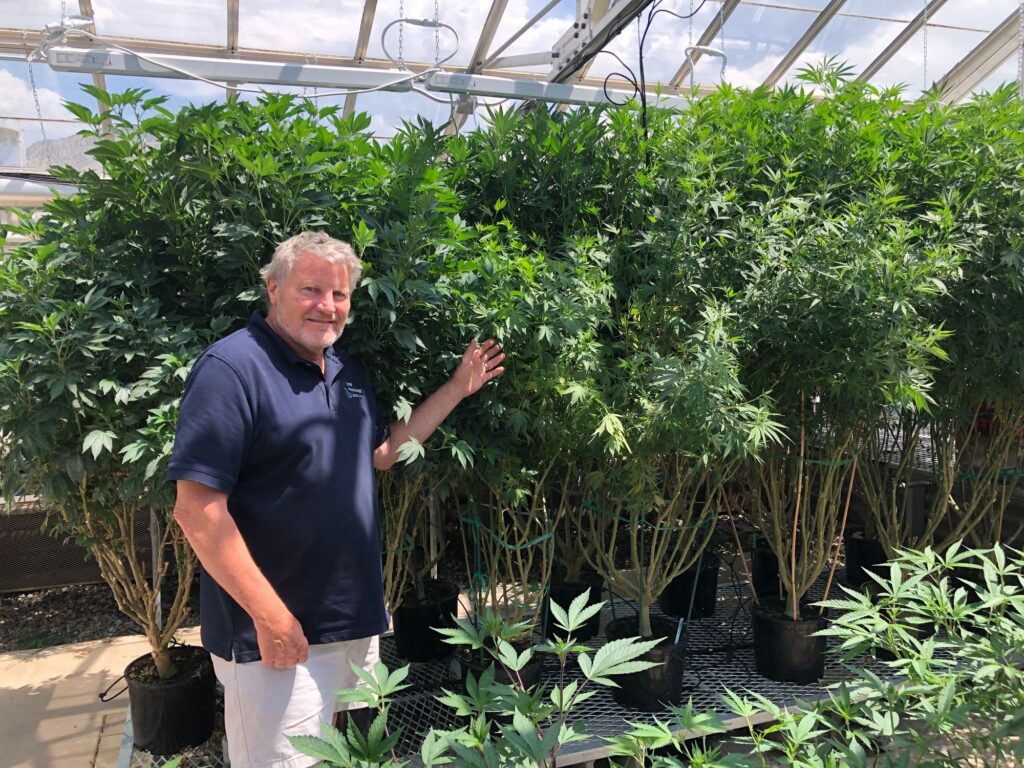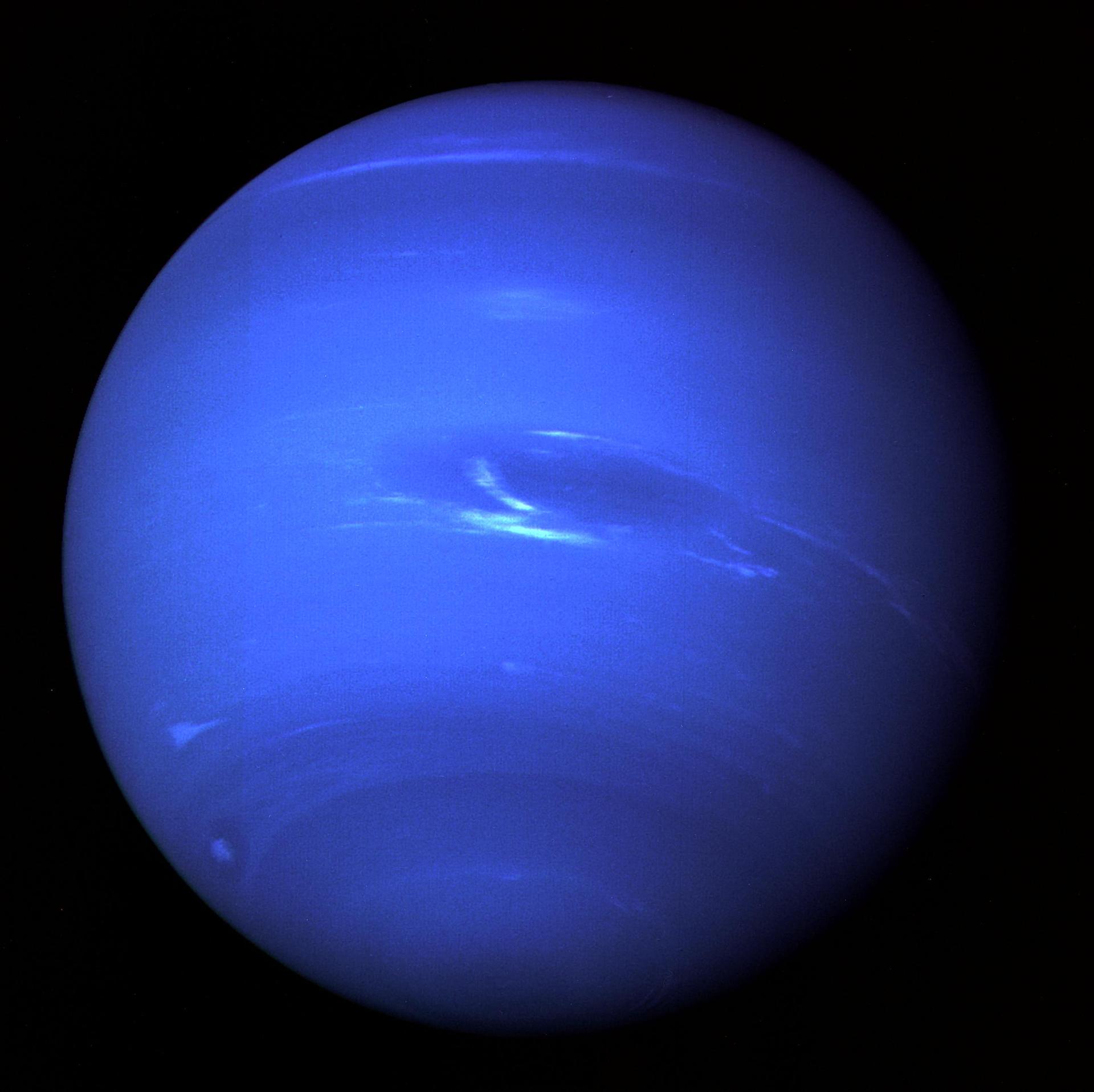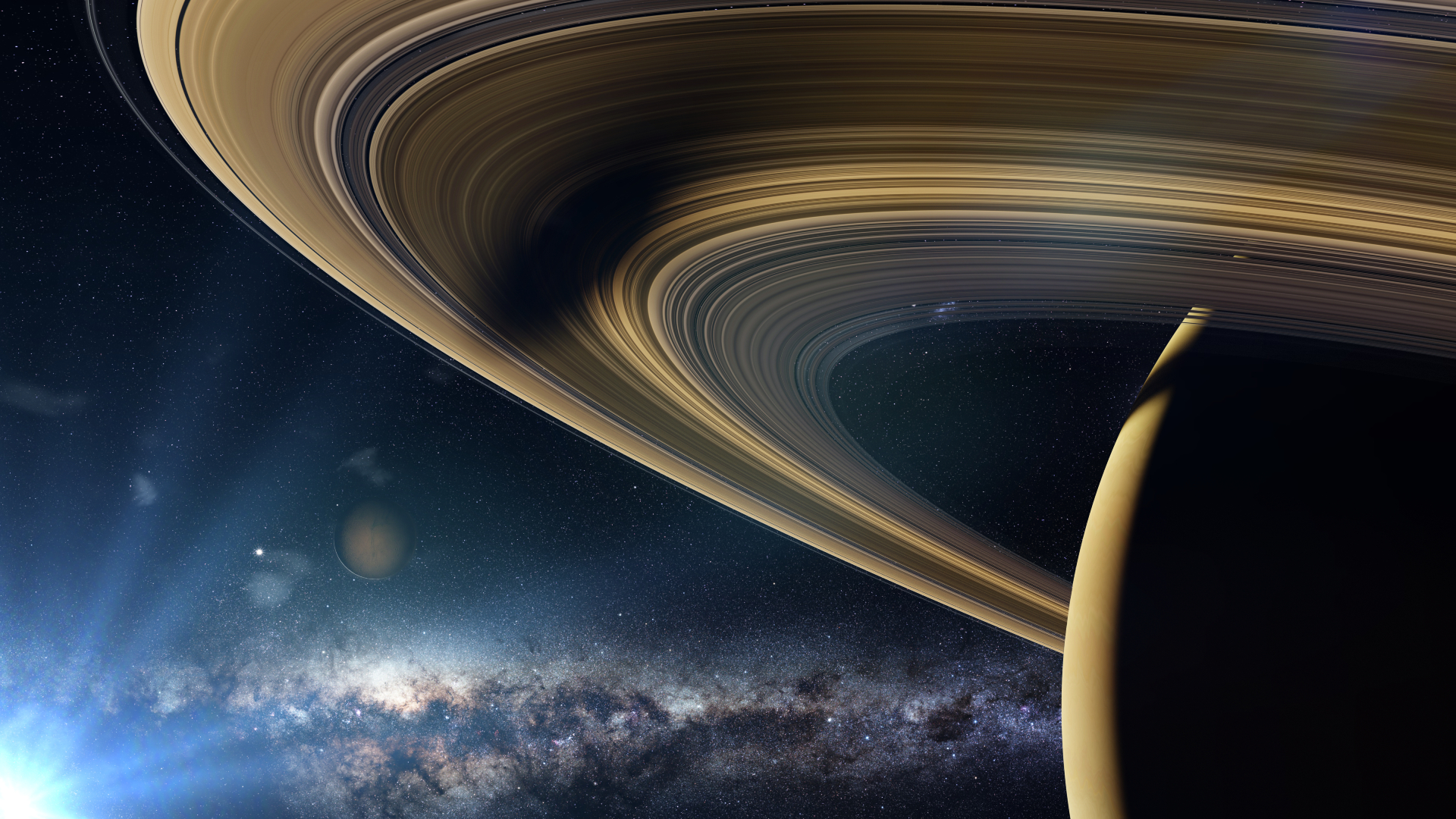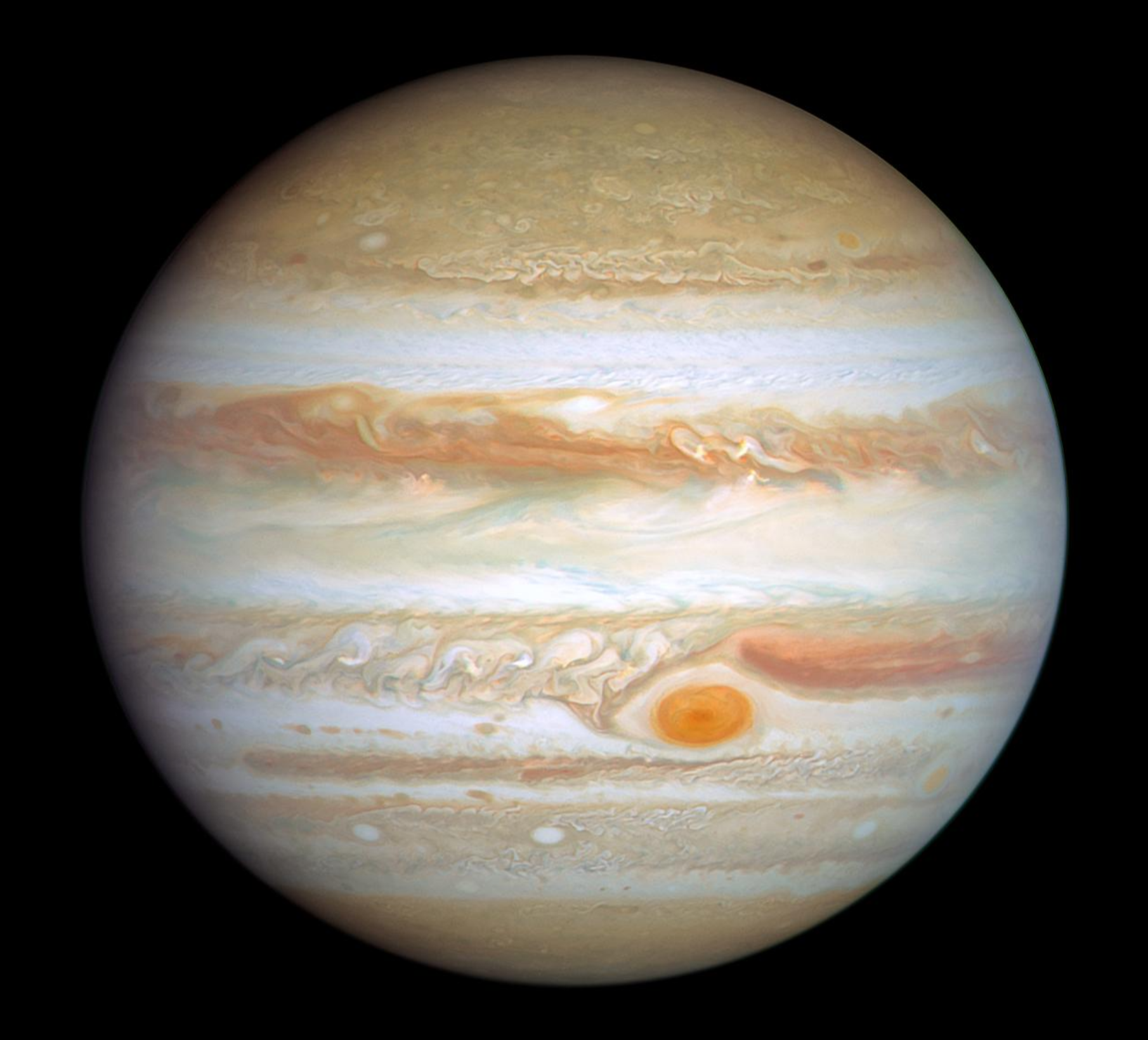Table of Contents
Early Roots and Academic Foundations
Dr. Bruce Bugbee earned degrees from the University of Minnesota, UC Davis, and Penn State, forming a strong academic base for his future in plant science. Upon joining Utah State University in 1981, he quickly became a cornerstone of the Department of Plants, Soils, and Climate. There, he founded the Crop Physiology Laboratory, which became a leading site for research into hydroponics and controlled environment agriculture. His early work laid the foundation for innovative cultivation methods designed to maximize efficiency, shaping modern approaches to growing plants in limited-resource environments, including those found in space exploration projects.
At the Crop Physiology Laboratory, experiments led by Dr. Bruce Bugbee focused on how precise control of light, temperature, and nutrients could influence plant development without soil. These efforts aimed to optimize crop production under highly regulated conditions—key for sustainable agriculture in urban and space-constrained areas. His pioneering methods introduced ways to produce higher yields with fewer inputs, helping address global food challenges. The lab’s findings not only advanced scientific understanding but also attracted the attention of institutions seeking practical solutions for farming in nontraditional environments.
Pioneering Space Agriculture with NASA
NASA’s mission to develop sustainable life-support systems in space has relied heavily on advancements in plant cultivation. Through collaborative efforts, scientists created recirculating hydroponic systems that recycle water and nutrients, eliminating the need for soil. These systems enable long-term food production for astronauts, a critical requirement for extended missions. Key experiments using these methods successfully grew crops like lettuce and radishes aboard the International Space Station. These trials addressed vital concerns such as food freshness, nutrient retention, and plant development in microgravity, with Dr. Bruce Bugbee contributing significantly to the engineering and implementation of these solutions.
The ability to grow edible plants in orbit represents more than just convenience—it’s a breakthrough in self-reliant space travel. Without regular supply missions, astronauts must depend on internal resources, and reliable crop systems make this feasible. Research led in part by Dr. Bruce Bugbee has focused on ensuring that hydroponic systems operate efficiently in weightlessness while maintaining crop yield and quality. These systems mimic natural growth cycles within sealed environments, reducing waste and conserving essential resources. The success of these efforts continues to shape NASA’s future plans for deep space travel, including potential missions to Mars.
Bridging Terrestrial and Extraterrestrial Cultivation
Techniques originally developed for space missions are now transforming how crops are grown on Earth. Controlled environment agriculture (CEA) uses tightly regulated systems to manage light, temperature, humidity, and nutrients. These methods allow year-round cultivation regardless of climate or location, reducing reliance on traditional farmland. Precision is key—light intensity, nutrient flow, and root-zone conditions are all adjusted in real time. Through research rooted in space exploration, Dr. Bruce Bugbee helped refine these systems to improve productivity and resource efficiency, providing a model for high-yield farming in urban centers, deserts, and other challenging environments.
By adapting space-based technologies for terrestrial use, Dr. Bruce Bugbee has played a central role in advancing sustainable food production. His work has shown that CEA not only enhances crop consistency and quality but also drastically reduces water and fertilizer waste. Indoor farms and advanced greenhouses now replicate space cultivation environments to grow leafy greens, herbs, and even fruits using minimal resources. These breakthroughs contribute to food security in areas with limited agricultural infrastructure, while also helping reduce the environmental footprint of farming. The crossover between space and Earth agriculture continues to drive innovation across the global food industry.
Advancing Cannabis Research and Education
The 2018 Farm Bill opened the door for legal hemp research, prompting a wave of scientific inquiry into cannabis cultivation. At Utah State University, researchers began studying how environmental variables like light spectrum, temperature, and nutrient levels affect cannabinoid content in hemp plants. The goal is to optimize conditions that enhance CBD while keeping THC levels within legal limits. This work is particularly valuable for growers seeking consistency and compliance. Dr. Bruce Bugbee has led these research efforts, using advanced controlled environment systems to fine-tune growth protocols and produce high-quality, reliable cannabis crops for medical and industrial use.
Education has been a critical part of expanding access to cannabis knowledge, especially as the industry matures. To meet this need, Dr. Bruce Bugbee co-created an online course called The Science and Technology of Medical Cannabis Cultivation. Designed for professionals and curious learners alike, the course provides in-depth instruction on everything from plant biology and lighting techniques to compliance and cannabinoid extraction basics. It combines academic rigor with real-world applications, helping bridge the gap between scientific research and commercial practice. The program has become a key resource for both new and experienced growers navigating this evolving industry.
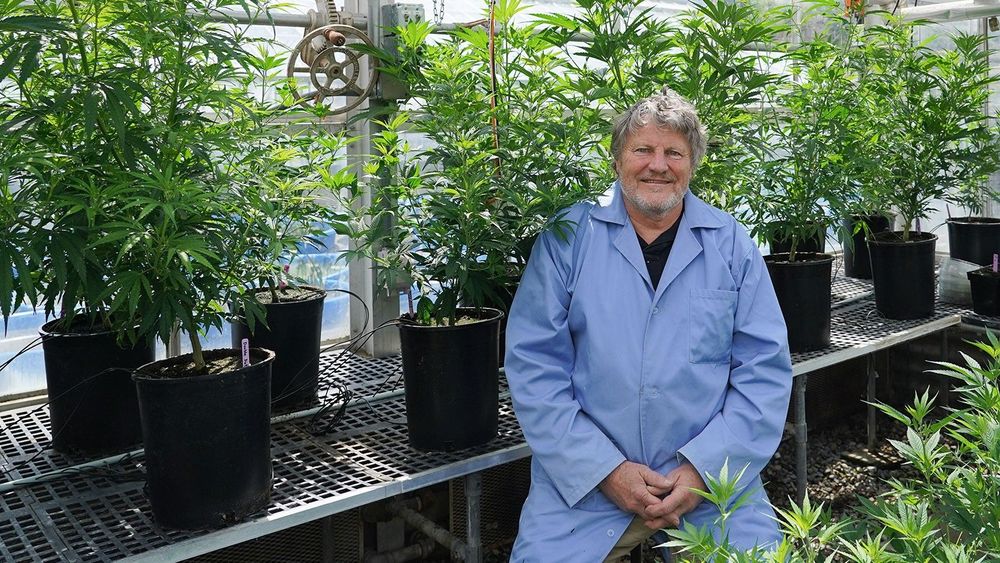
Collaborative Innovations with Athena Ag
Combining academic insight with industry application, researchers partnered with Athena Ag to improve cannabis growing techniques. The collaboration focused on refining environmental controls, optimizing nutrient blends, and tailoring lighting strategies to boost plant vitality and maximize harvests. One key outcome of this work was the development of “Fade,” a late-stage nutrient formula designed to improve flower quality by supporting the plant’s natural senescence process. These efforts showcase how science-driven solutions can yield practical tools for growers. Dr. Bruce Bugbee’s role in this partnership brought scientific precision to an industry eager for data-backed cultivation methods.
Beyond product development, the partnership produced detailed standard operating procedures (SOPs) that help cultivators consistently achieve high-quality results. These SOPs translate complex plant physiology into clear, actionable steps that growers can implement in commercial settings. Dr. Bruce Bugbee contributed his expertise to ensure that the recommendations were grounded in peer-reviewed research, making the material both credible and accessible. The impact of this work is seen in the widespread adoption of these protocols by growers looking to enhance efficiency and consistency. This fusion of science and practice has set a new benchmark in modern cannabis cultivation.
Leadership at Apogee Instruments
Apogee Instruments began as a small project built on the belief that accurate data drives better growing decisions. What started on a kitchen table grew into a globally recognized company producing specialized tools for agricultural and environmental research. The company’s flagship products measure photosynthetically active radiation (PAR), a critical factor in understanding how plants use light for growth. These sensors are now used in greenhouses, laboratories, and field studies across the world. Dr. Bruce Bugbee founded the company in 1996 with a vision to empower growers and scientists with reliable instruments to support high-precision cultivation.
Today, Apogee Instruments is known for its rugged design, affordability, and scientific accuracy. Its tools are used by NASA, universities, and agricultural producers alike. Dr. Bruce Bugbee’s leadership ensures each product meets strict research-grade standards, with ongoing improvements driven by real-world user feedback. By offering open-access data and educational resources, the company remains rooted in the scientific mission to make environmental measurement more transparent and accessible. Its success reflects a rare blend of entrepreneurship and academic rigor that continues to shape the future of plant science.
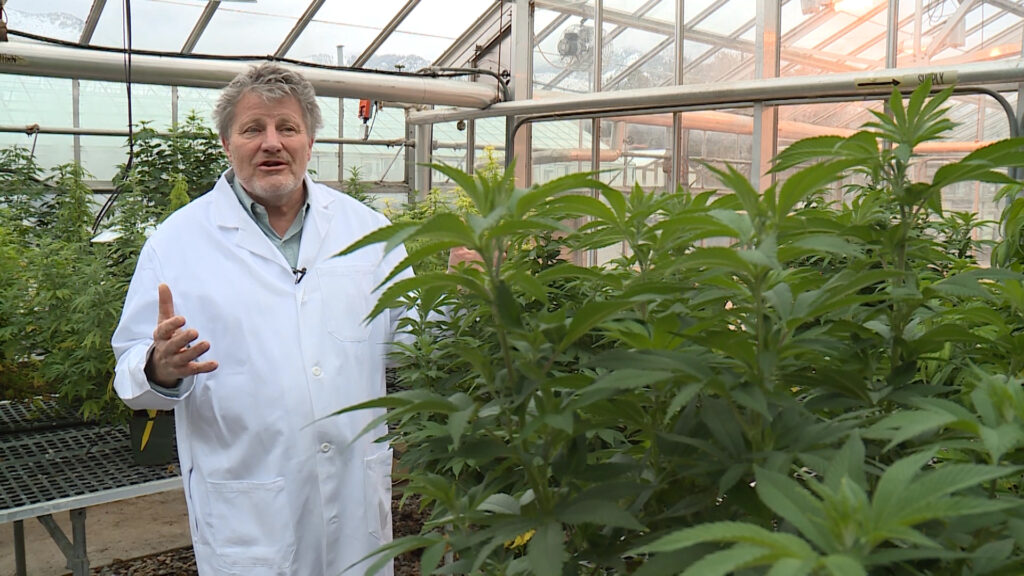
Celebrated Contributions to Agricultural Science
Earning recognition from both peers and institutions, a leading plant scientist was named a Fellow of the American Society of Agronomy in 2018 and later of the American Society for Horticultural Science in 2020. These distinctions are awarded to individuals whose research and innovations significantly advance agricultural science. Dr. Bruce Bugbee’s work in crop physiology and controlled environment agriculture has had measurable influence across disciplines. These honors acknowledge not only technical expertise but also a lasting contribution to food production, environmental research, and the education of future scientists working to meet global agricultural challenges.
Additional accolades include the Utah Governor’s Medal for Science and Technology and the D. Wynne Thorne Research Lifetime Achievement Award, two of the highest honors bestowed on researchers in the state. These awards highlight sustained excellence in scientific inquiry and practical innovation. Dr. Bruce Bugbee has been consistently recognized for bridging academic research with real-world impact, particularly in the areas of crop optimization and sustainability. Such recognitions underscore a career devoted to improving agricultural outcomes through evidence-based solutions, reflecting a deep commitment to science that benefits both industry and society at large.
Science in the Public Eye
Sharing knowledge beyond the lab has become a cornerstone of modern science communication, and leading experts are increasingly stepping into the public spotlight. Through platforms like TEDx Talks and Reddit’s Ask Me Anything (AMA) series, researchers are engaging with global audiences on topics such as sustainable agriculture and space-based plant growth. Dr. Bruce Bugbee has contributed to this movement by translating complex scientific findings into accessible language, allowing everyday people to explore subjects like hydroponics, cannabis research, and space farming in real time through interactive discussions and public presentations.
This outreach serves to demystify agricultural science and connect research with real-world relevance. By participating in digital forums and educational events, Dr. Bruce Bugbee fosters curiosity while promoting science literacy across age groups and backgrounds. His public engagement encourages critical thinking and empowers individuals to better understand where their food comes from and how innovation shapes the future of farming. These efforts play a vital role in bridging the gap between academic circles and the wider community, ensuring that scientific advancements inform both policy and personal decisions about sustainability.
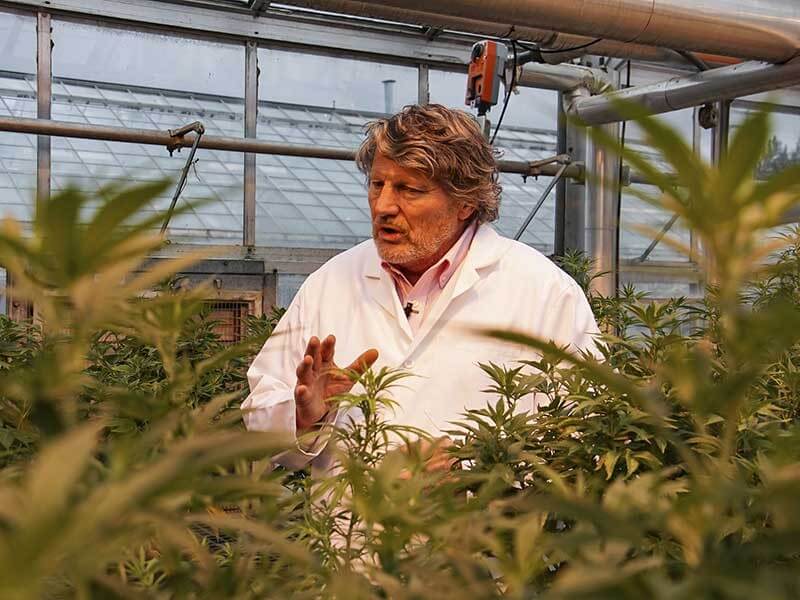
Research on Light and Plant Physiology
Understanding how plants respond to light is essential for optimizing agricultural productivity, especially in controlled environments. Researchers have studied the impact of different light spectra—blue, red, far-red, and beyond—on photosynthesis, plant height, leaf size, and flowering. This work has led to precise lighting strategies that promote faster growth and higher yields. Dr. Bruce Bugbee has been instrumental in this field, using experimental data to fine-tune lighting systems for crops ranging from lettuce to cannabis. His findings have helped shape the design of modern LED technologies that deliver the right intensity and spectrum for maximum plant efficiency.
These innovations in lighting have practical and economic benefits. By switching from traditional high-pressure sodium lamps to tailored LED systems, growers can reduce energy consumption while maintaining or even increasing output. Dr. Bruce Bugbee’s research has shown that light quality directly affects biomass accumulation and nutrient composition, making it a key variable in plant development. As energy-efficient lighting becomes more accessible, his contributions continue to help indoor farms, vertical growers, and researchers achieve sustainable, scalable production. These insights are reshaping how crops are cultivated in both commercial and research settings.
Emphasis on Sustainable Agriculture
Precision agriculture is transforming the way we grow food by maximizing efficiency while minimizing environmental impact. At the heart of this approach is careful management of inputs such as water, nutrients, and light—each tailored to the specific needs of crops in real time. Dr. Bruce Bugbee has advanced this field by promoting data-driven systems that reduce waste and runoff, helping protect natural ecosystems. His research supports scalable farming methods that conserve resources without sacrificing yield, offering a practical blueprint for agricultural sustainability that benefits both growers and the planet.
This commitment to responsible cultivation extends beyond technology to include long-term environmental stewardship. By designing systems that balance productivity with conservation, Dr. Bruce Bugbee contributes to food security in a way that doesn’t exhaust critical resources. These sustainable practices are being adopted in greenhouses, vertical farms, and research facilities worldwide, proving that economic success and ecological responsibility can go hand in hand. His work continues to guide the agricultural industry toward a future where innovation supports not only growth, but also global environmental health.
Mentorship and Academic Contributions
Behind every major breakthrough are mentors who invest time in cultivating future leaders. In academic settings, mentorship plays a critical role in shaping researchers who will carry scientific discovery forward. Dr. Bruce Bugbee has guided countless students through graduate and undergraduate research, emphasizing both theoretical understanding and practical application. Many of his mentees have gone on to pursue influential roles in universities, agriculture companies, and government agencies, spreading the impact of his teachings well beyond the walls of the laboratory or classroom.
This long-standing dedication to mentorship has created a ripple effect across the field of plant science. By fostering independent thinking, scientific integrity, and a deep appreciation for data, Dr. Bruce Bugbee has helped advance not only individual careers but the discipline as a whole. His hands-on approach ensures students gain real-world experience, preparing them to tackle complex agricultural challenges with confidence and creativity. This legacy of mentorship is one of the most enduring aspects of his contribution to education and innovation.
Ongoing Research and Future Directions
Innovative solutions in agriculture are more urgent than ever as global demands for food, sustainability, and climate resilience intensify. Current research is focused on breeding crops capable of thriving in extreme conditions—high salinity, low light, or limited water supply. These adaptations are essential for future farming in space, deserts, and urban settings. Dr. Bruce Bugbee is at the forefront of this movement, refining cultivation methods to ensure plants remain productive under environmental stress. His work supports the development of food systems that are not only high-yielding but also adaptable to the realities of a changing planet.
In addition to climate-focused research, emerging industries are reshaping the way plants are grown and used. From vertical farming and urban agriculture to pharmaceutical-grade cannabis production, each sector presents unique cultivation challenges. Dr. Bruce Bugbee continues to refine techniques such as precision lighting, hydroponic delivery, and environment-specific nutrient formulas to meet these needs. His work lays the groundwork for scalable, data-driven approaches that can be applied globally, empowering industries to grow responsibly while addressing key food and health concerns.
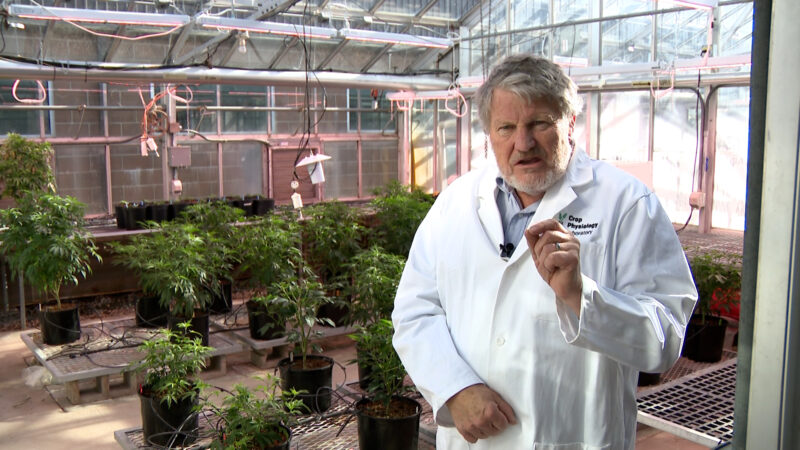
A Legacy Rooted in Innovation and Impact
The contributions made in the fields of plant physiology, space farming, and sustainable agriculture have set new benchmarks for scientific excellence and real-world application. Through decades of research, education, and collaboration, Dr. Bruce Bugbee has helped redefine how we grow food in both traditional and non-traditional environments. From pioneering hydroponic systems for NASA to guiding the development of precision agriculture on Earth, his work addresses some of the most pressing global challenges. With ongoing studies and a strong commitment to mentorship, his legacy continues to shape the future of plant science for generations to come.
How useful was this post?
Click on a star to rate it!
Average rating / 5. Vote count:
No votes so far! Be the first to rate this post.
Author
-
Meet Dr. Kendall Gregory, a highly accomplished professional with a remarkable academic background and a deep passion for empowering individuals through knowledge. Dr. Gregory’s educational journey began with a Bachelor of Science degree, followed by a Doctor of Chiropractic Medicine, focusing on diagnosing and treating musculoskeletal conditions. He further expanded his expertise with a Master's degree in Oriental Medicine, specializing in acupuncture and Chinese herbology, and a Master's degree in Health Care Administration, emphasizing his dedication to improving healthcare systems. Dr. Gregory combines his extensive knowledge and practical experience to provide comprehensive and integrative healthcare solutions. Through his writings, he aims to inspire individuals to take charge of their health and make informed decisions.
View all posts

